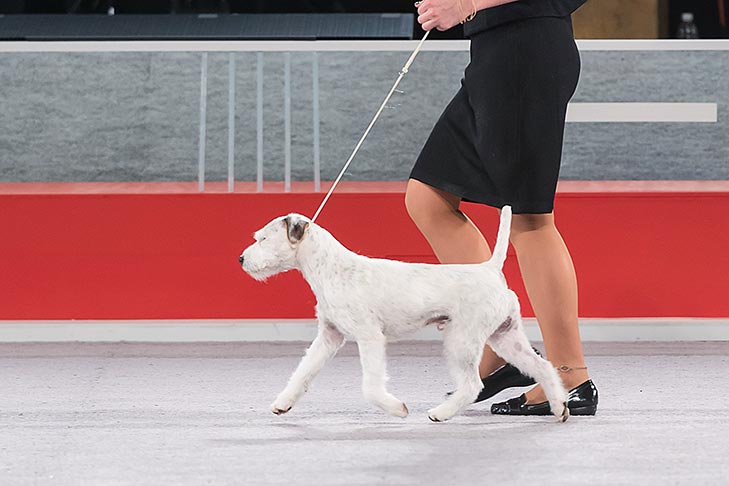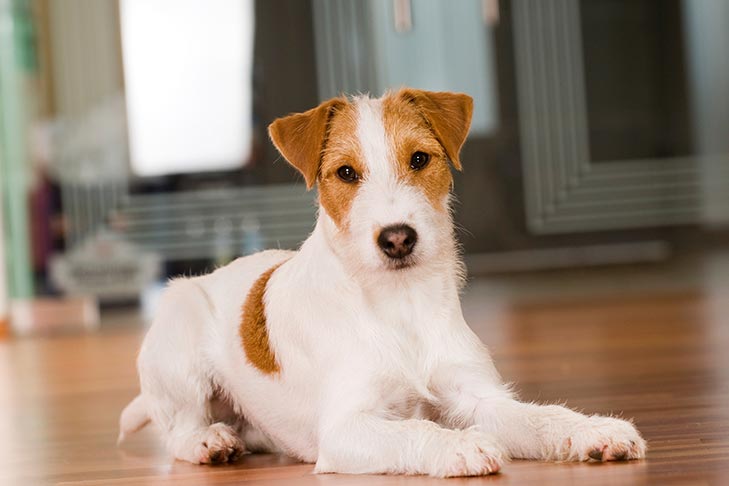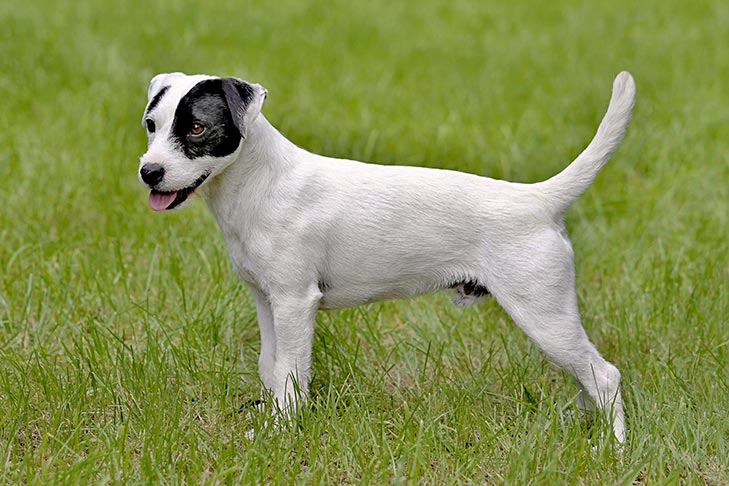CARING WITH FAMILY
|
| Some dog breeds display a reserved nature offering their affection primarily to their owner, whereas others act as if every familiar face is their closest ally. While certain breeds may seem distant only showing warmth towards their particular human, there are breeds that exude enthusiasm and friendliness towards all acquaintances. |
LOVE WITH CHILDREN
Unwise
Good With Children
|
| The degree of a dog breed's patience with the antics of children and its congeniality as a family pet can range widely. Regardless of a breed’s known tolerance adult oversight is critical when dogs interact with young children or any child not accustomed to being around dogs to ensure safety and positive experiences for both the dog and the children. |
BEHAVIOR WITH DOGS
Unwise
Good With Other Dogs
|
| The inherent sociability of a dog breed towards other dogs can vary significantly. While supervision during canine meetings is always wise, some breeds naturally exhibit a more amicable disposition when mingling with their peers, whether during casual encounters in the park or within the home environment. |
SHEDDING LEVELS & MANAGEMENT
No Shedding
Hair Everywhere
|
| The amount of shedding one can anticipate from a dog breed plays a big role in grooming needs. High shedding breeds typically demand more frequent brushing to manage their loose fur, may be more likely to aggravate allergies and often necessitate more regular house cleaning routines, including vacuuming and the use of lint rollers to keep their fur in check. |
COAT GROOMING STANDARDS
|
| The grooming demands of a dog breed, encompassing bathing, brushing, trimming and additional coat care, can vary substantially. When assessing the level of grooming effort necessary, it's essential to take into account your availability, patience and grooming budget. Keep in mind that regardless of breed, regular nail trims are a must for all dogs to maintain their health and comfort. |
DROOLING INTENSITY
Less Likely to Drool
Always Have a Towel
|
| A breed's propensity to drool can be an important consideration particularly if you prefer a tidier living environment. For those who cringe at the thought of slobber trails on their arms or damp patches on clothing, opting for a breed with a lower inclination to drool might be more in line with your lifestyle and preference for cleanliness. |
COAT STYLES GUIDE |
| Smooth, Double |
| COAT SPECTRUM |
| Short |
FRIENDLINESS
Reserved
Everyone Is My Best Friend
|
| A breed's inherent disposition towards strangers can range from cautious and reserved to effusively welcoming. While certain breeds may consistently exhibit restraint or wariness in the presence of unfamiliar people, regardless of the setting, others might demonstrate boundless enthusiasm and friendliness upon encountering a new person delighting in the opportunity to make a new human acquaintance. |
LIVELINESS
Only When You Want To Play
Non-Stop
|
| . |
VIGILANCE INTENSITY
What's Mine Is Yours
Vigilant
|
| Some breeds possess a heightened instinct to alert their owners about the presence of strangers responding to any perceived disturbance, whether it's a postal worker or a squirrel scampering near the window. These vigilant breeds often warm up quickly to newcomers once they observe their family welcoming the stranger into their home, indicating that there is no threat. |
ADAPTATION CAPACITY
Lives For Routine
Highly Adaptable
|
| A breed's adaptability to change can greatly vary. Some dogs are remarkably flexible, adjusting with ease to shifts in living situations, noise levels, weather and alterations in their daily routines. Conversely, other breeds might require a more consistent environment and could exhibit stress or discomfort when confronted with significant changes to their accustomed way of life. |
OBEDIENCE LEVEL
Self-Willed
Eager to Please
|
| Training your dog can be a smooth process and their openness to learning new tricks varies across breeds. Some are naturally inclined to please their owners, while others march to the beat of their own drum, showing independence in their actions anytime, anywhere. |
STAMINA LEVEL
|
| Different breeds demand varying levels of physical activity and mental challenge. High-energy dogs are always on the move eagerly anticipating their next quest and actively engaging in running, jumping and playing all day long. On the flip side, lower-energy breeds are the epitome of relaxation perfectly satisfied to sprawl out and drift into sleep. |
VOCALIZATION
|
| Medium |
LEARNING CURIOSITY LEVEL
Happy to Lounge
Needs a Job or Activity
|
| The amount of mental engagement necessary for a dog breed to maintain its joy and well-being can vary significantly. Dogs that have been bred for specific roles may need tasks that involve making choices, solving puzzles, focusing intently, among other cognitive activities. If these intelligent canines don't get sufficient mental stimulation, they'll inevitably find ways to entertain themselves. Unfortunately, the activities they come up with on their own might not exactly align with what you'd consider ideal or desirable. |
| COLORS |
|
Description
|
Registration Code
|
|
White
|
199
|
|
| PATTERNS |
|
Description
|
Registration Code
|
|
Black Markings
|
002
|
|
Brown Markings
|
022
|
|
Cream Markings
|
044
|
|
Tri Color Markings
|
024
|
|
Tan Markings
|
012
|
|






























FRIENDLINESS
LIVELINESS
VIGILANCE INTENSITY
ADAPTATION CAPACITY